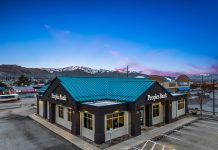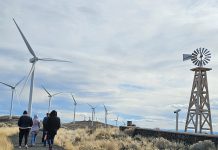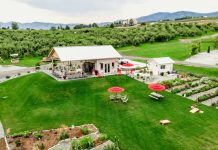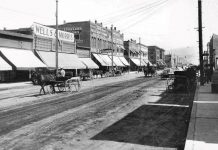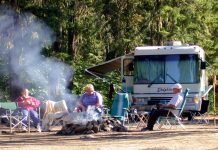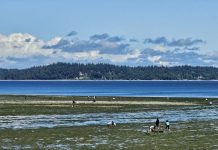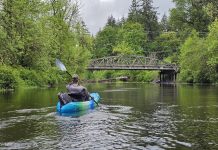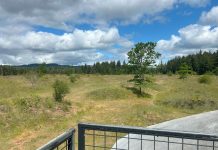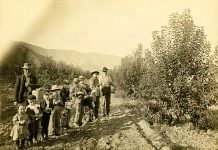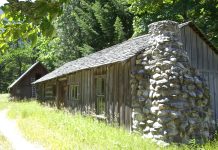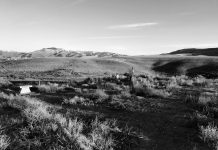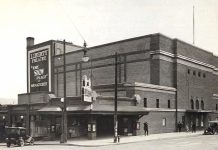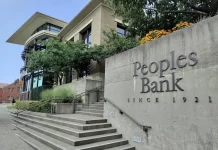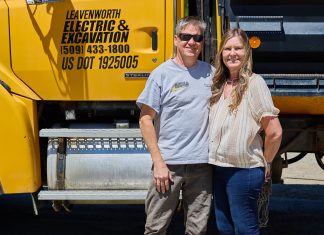With its breathtaking natural beauty, thriving economy, and rich history, living in the heart of Washington, known to locals as Wenatchee, can feel like living in paradise. Perhaps this is why this bountiful travel destination is perfect for wanderlust explorers, and boy, oh boy, there is much to explore, from its mighty mountains to the rolling hills and raging rivers to playful parks. Then, of course, you have the region’s many wineries, learning centers, museums, and galleries to discover. Still, at the heart of it all are the historic buildings scattered throughout Wenatchee that are more than happy to take visitors on a journey of who we are and how we got here.

Wenatchee Carnegie Library
2 South Chelan Avenue, Wenatchee
Now home to the Washington State Apple Blossom Festival, the Wenatchee Carnegie Library opened in 1912 as the city’s first library. It was all made possible by funding from the Carnegie Foundation, and is one of several Carnegie Libraries throughout the globe; there’s even one not too far away in Everett. Initially, the two-level building, complete with clay-red brick, large symmetrical windows and white-accented to the tune of Jefferson’s Monticello estate, seem to be the perfect fitting for the budding city, having been specially crafted by architects Blackwell and Baker in the 19th Century Revival style.
Sadly, the little building on the northeast corner of Memorial Park proved to be just too tiny for the rapidly growing city, so no more than five years after it opened, it had already become cramped and impractical. Afterward, the library served as the home of the North Central Washington Museum from 1939 until 1976. It then served as office space before transforming into the home of the Apple Blossom Festival headquarters.

Burke Hill Apartments
119 S Okanogan Avenue, Wenatchee
Fun fact: the third tallest building in Wenatchee consists of six stories and stands at 80 feet, and it also just so happens to be historical. The Burke-Hill Apartments, now owned by MCF Properties, was built in 1930 and was once a high-end rental building in the city. At the time of its erection, it held the title of the city’s largest apartment house. The building was named after judge Joseph Burke and railroad magnate James J. Hill. Together, both men played key roles in the creation of Wenatchee.
It cost $230,000 to build, the equivalent purchasing power of $4.2 million today. Shockingly, and I’m sure we’d all go back in time for this one, it only cost $85 a month to rent an apartment, and that was one on the top floor!

U.S. Post Office and Annex
127 South Mission Street, Wenatchee
Before it was home to the Wenatchee Valley Cultural Center and Museum, the building it now inhabits was once the city of Wenatchee’s first U.S. Post Office. Built in 1918, like the Wenatchee Carnegie Library, it too quickly became too small for the rapidly growing city, and within just 20 years of its opening, another building had to be constructed to house the United States Postal Service.
After a new Post Office was built, this building became known as the Post Office Annex, housing federal offices. Eventually, it was bought by the city in 1976 and converted into the museum, making the building not just historic but also a true home of history that locals and visitors alike go to learn about our region’s rich history. Interestingly enough, this museum also called the aforementioned Wenatchee Carnegie Library home until 1976.
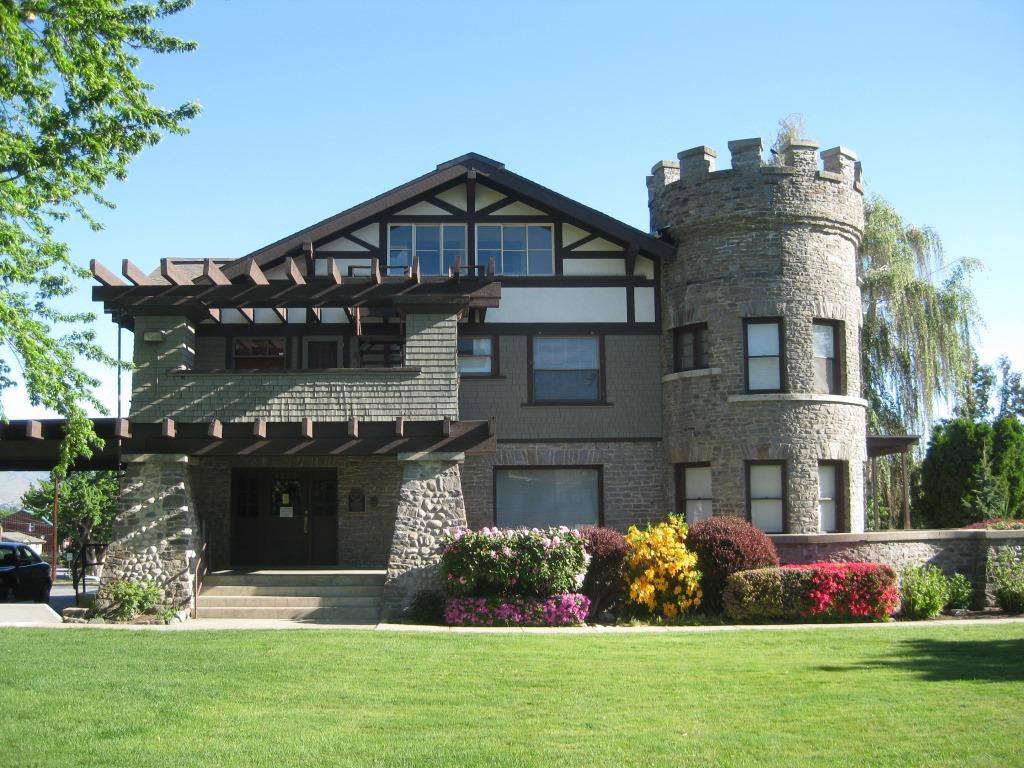
Wells House
1300 5th Street, Wenatchee
The historic Wells House looks like a castle fit for a king. Perhaps that’s why it was known throughout the city as the Clark’s Cobblestone Castle upon the home’s completion, with construction starting in the spring of 1909. Its construction was commissioned by W.T. Clark and his wife Adelaide, with the site of their new home being selected on the top of a knoll with commanding views of the Columbia River and Wenatchee Valley. Clark had previously moved to the region in 1902 with his business partner, Marvin Chase. He had formed the Wenatchee Canal Company, cementing his fortune when the company was hired to create the Highline Canal project that eventually included the construction of the Columbia River Bridge, another historic landmark in the region!
Local materials were used in the construction, including rock from the nearby Columbia. The Clarks spared no expense on their dream home. Adelaide even had a hand in its creation, as her attention to detail extended to the design of a stained-glass window on the stairway landing and a pair of doors opening off the main living room area into the circular room at the base of the tower. It was aptly deemed the “finest country home in the state of Washington” at the time. Complete with wire for electricity and modern plumbing, the total cost for its construction came to $35,000, an equivalent purchasing power of nearly $1.2 million today.
Eventually, Clark and his wife moved to Seattle in 1919 and sold the home to A.Z. and Emogene Wells. Like the Clarks, they had moved to the city in 1902, with Wells owning orchards throughout the Wenatchee and Okanogan valleys. They lived in the home for 30 years before gifting the house and its five acres to the Wenatchee School Board in 1949. It was used for girl’s dorms, administration offices, early classrooms, and student activities. Today, it is part of the Wenatchee Valley Museum and Cultural Center.

Wenatchee Fire Station #1
136 South Chelan Avenue, Wenatchee
If the walls of the Wenatchee Fire Station No. 1 could talk, imagine the story they’d tell. Added to the National Register of Historic Places in 2004, the fire station was constructed in 1929. It is a significant work of architecture from the infamous Ludwig O. Solberg, who built many of the city’s historic buildings and homes. The Beaux Arts style building consists of a five-story tower, which serves both as a hose tower and as a firefighting training tower.
Of course, these aren’t the only historic buildings and homes to explore here in Wenatchee. At the city center is the one and only Downtown Wenatchee Historic District that, on its own, contains 57 contributing historic properties that further tell the city’s rich history, each built between 1902 and 1955. It’s a history buff’s paradise, but for residents of Wenatchee, it simply, and forever will be, home.



